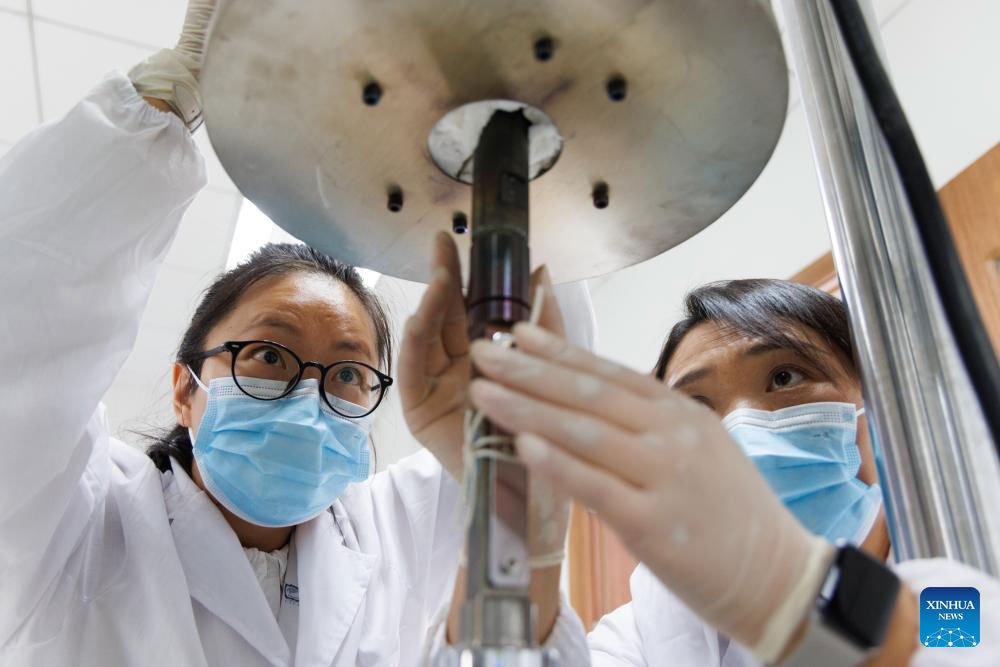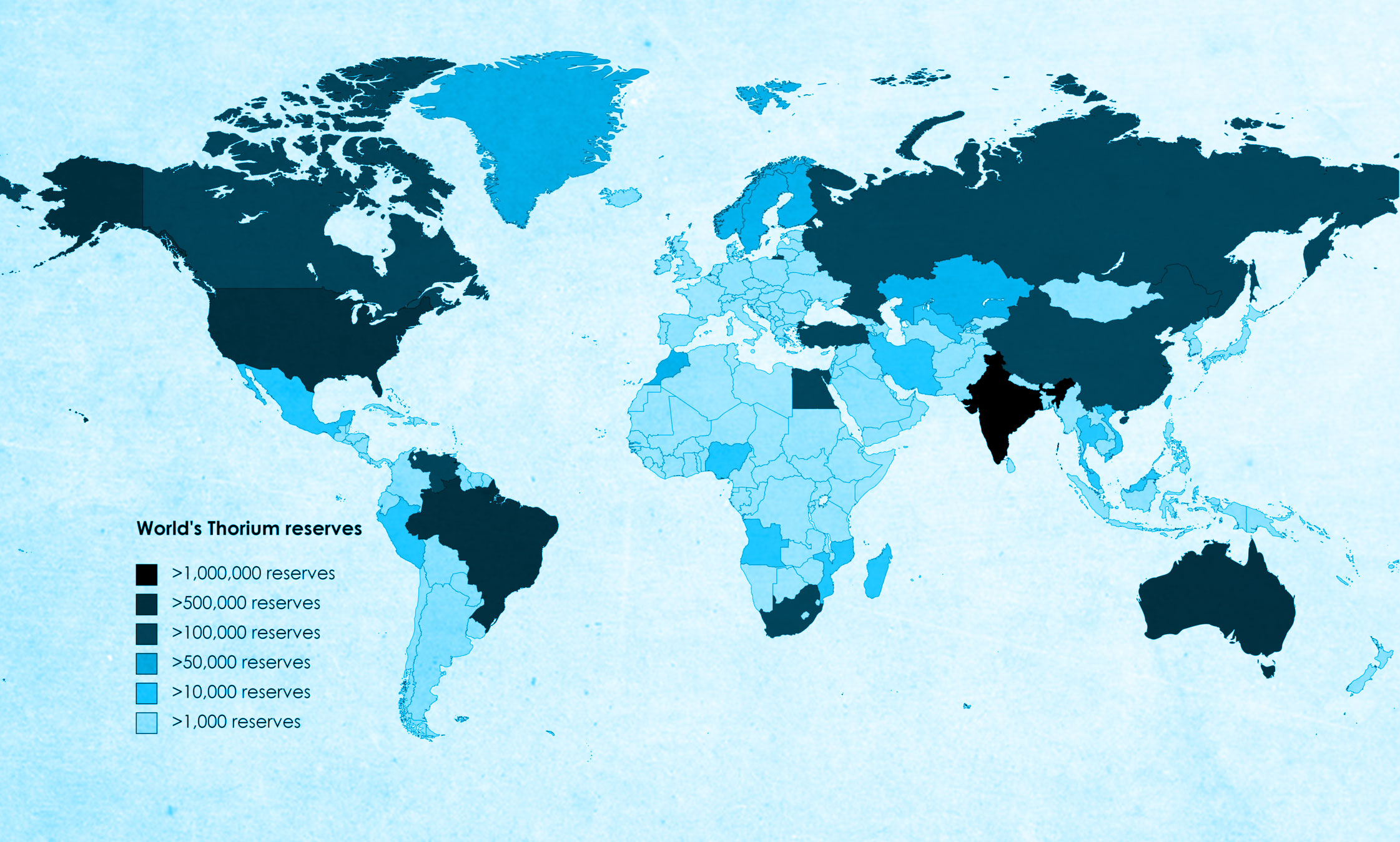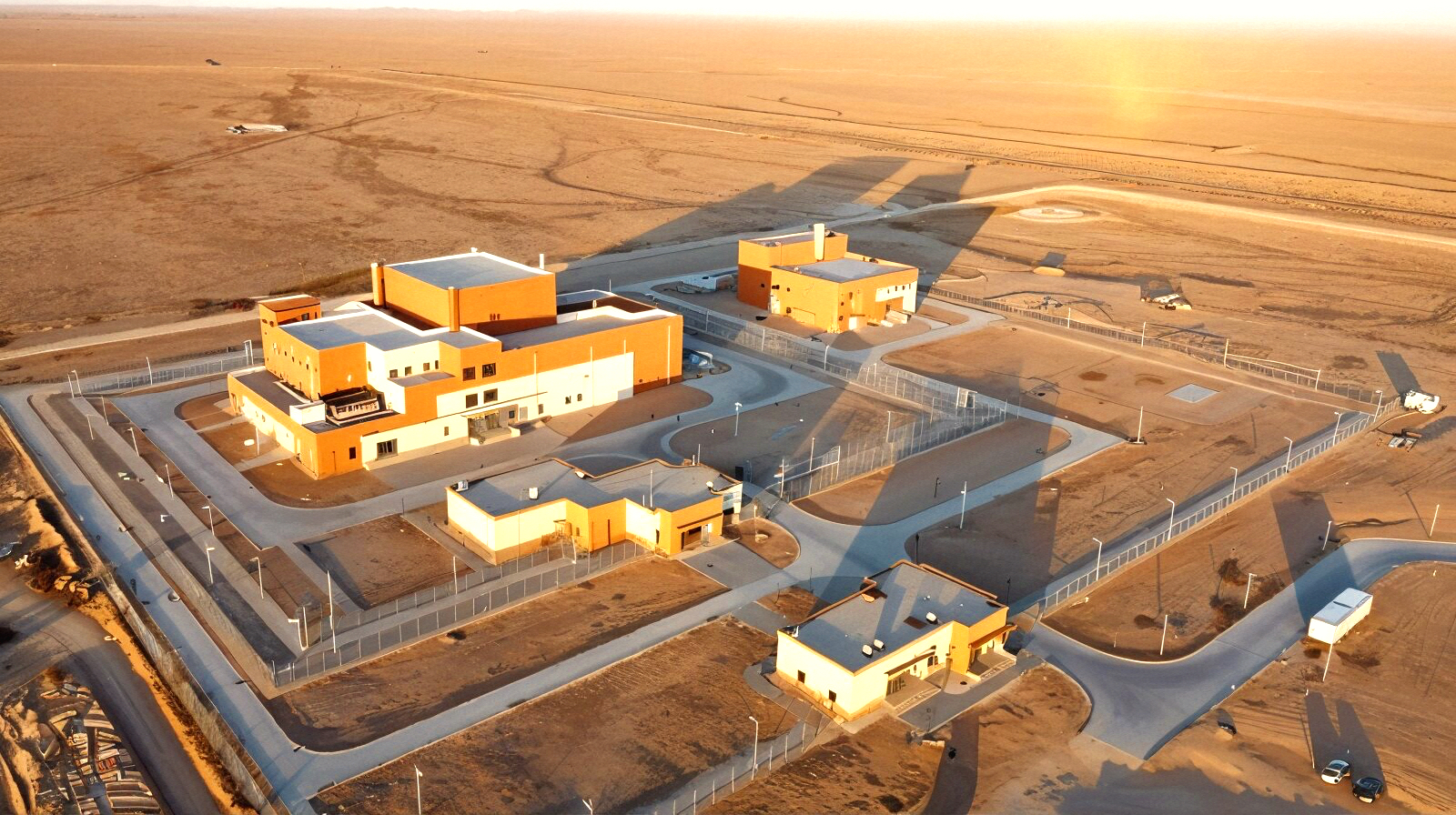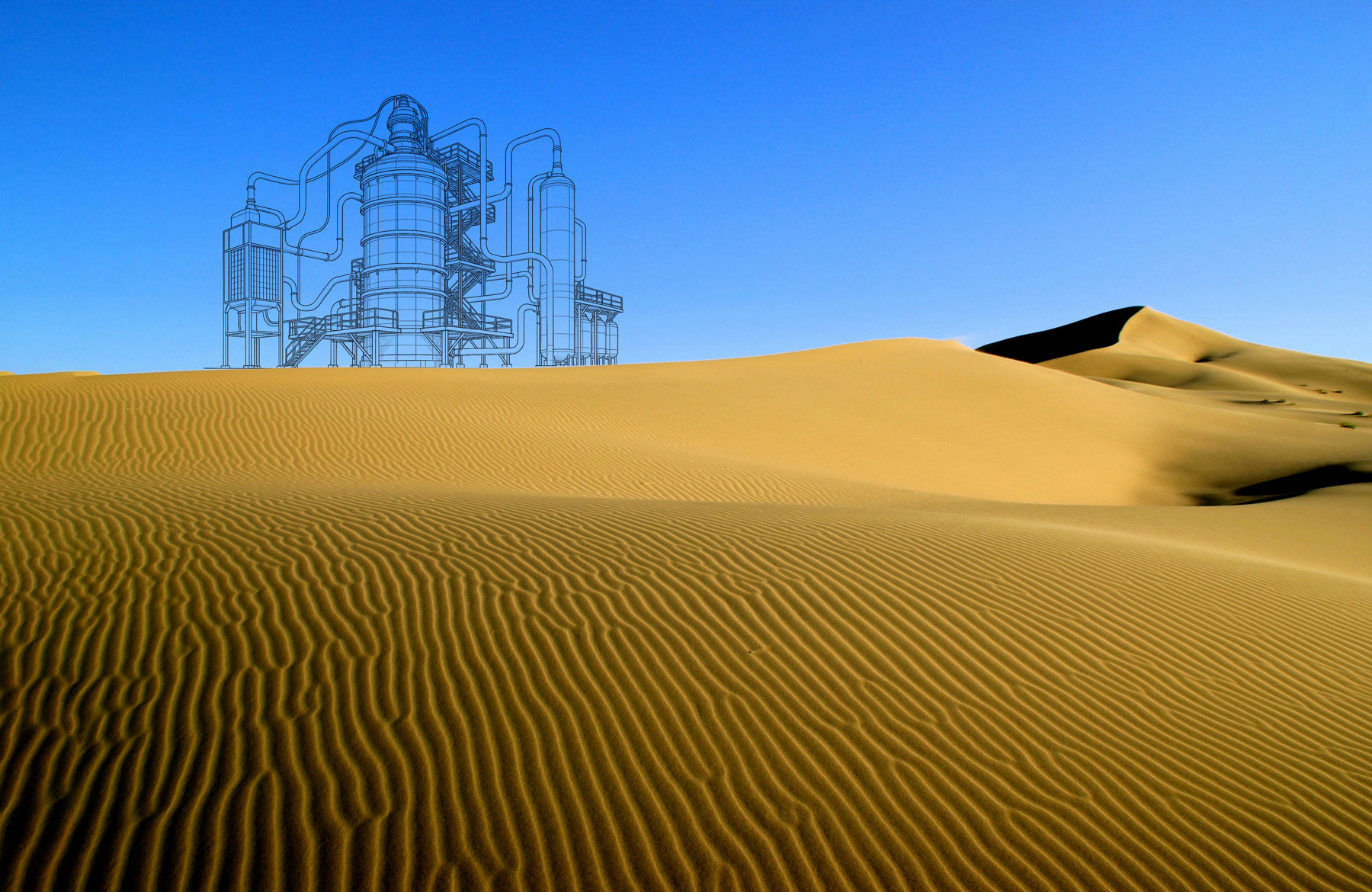The Molten Salt Reactor is a completely different kind of nuclear energy system, as different as an electric motor from a gasoline engine. It can't melt down, it can't blow up, and it won't spread contaminants, even if it's damaged or destroyed. It makes a small amount of short-term waste, and it can use the nuclear waste from other reactors as a secondary fuel.
The MSR uses liquid fuel-nuclear material dissolved in molten fluoride salt. A lot of the contaminants that spoil solid fuel are gases, which get trapped inside of solid fuel rods. But they bubble right out of liquid fuel, making the reactor much more efficient, while producing much less waste.
An MSR can't have a meltdown, even if someone tried to make it happen. The reason is simple: How do you melt a liquid?
The MSR doesn't need a cooling system, and it always operates at ambient pressure, with no volatile chemicals that can forcefully eject harmful material.
An MSR can be installed anywhere on earth, even an underground vault. A tsunami or tornado would roll right over it, like a truck over a manhole cover.
If disaster strikes and the fuel leaks out, the spill cools to an inert lump of rock, chemically locking the harmful material inside. Radioactive particles won't spread downwind or downstream, and the material can be recovered and used again. A molten salt spill would be measured in square meters, not square kilometers.
MSRs generate twice the heat of a Light Water Reactor, and more heat equals more power. An MSR can deliver 750ºC heat for industrial processes, including the production of ammonia and hydrogen, the clean conversion of coal, tar, and shale into liquid fuels, and the desalination of water.
MSRs are fueled with thorium, which becomes uranium-233 inside the reactor. U-233 has a 90% rate of fission, and the remaining 10% becomes uranium-235, which has an 85% rate of fission. That's a total fuel efficiency rate of 98.5%.
The MSR is highly resistant to proliferation. All the fissile material made by an MSR is needed for fuel, so repurposing the reactor for weapons production would be exceptionally difficult. Other proliferation options already exist, with long and reliable track records. The MSR would be the best choice for making energy, but the worst choice for making bombs.
Thorium is more common than tin, and is found all over the world. There is no "Middle East of Thorium." The material needs no refining-it's good to go right out of the ground. And it's so mildly radioactive that you could sleep on it your entire life, and the worst that would happen would be if you fell out of bed.
America has already mined enough thorium to power the country for 400 years. It's found in the waste piles of our abandoned Rare Earth Element mines, and is easily recovered. We mistakenly closed our REE mines in an overabundance of misguided caution, because thorium was in the waste stream.
Rare Earth and thorium are always found together. If thorium was used as fuel instead of being treated like a radioactive hazard, we could use it to power the entire country, and revive our domestic Rare Earth industry at the same time. This would bring our high-tech industries back home, while also supplying 40% of the world's Rare Earth needs.
Rare Earth is a vital ingredient in our high-tech world, used in everything from earbuds to batteries to guided missiles. But since we've closed our mines, China controls 95% of the global market, and many of our high-tech industries have moved there to have access to the material. In fact, our national defense is now completely dependent on Rare Earth from China.
Liquid fuel changes everything. A Molten Salt Reactor's liquid fuel can be continuously cleaned of the contaminants that spoil the solid fuel in a conventional reactor, and the conditioning can be done while the MSR is operating at full power. This unique feature enables an MSR to consume its fuel so thoroughly, that it can even use the spent fuel from Light Water Reactors.
Nuclear waste is wasted fuel. MSRs will significantly reduce our existing stockpile of nuclear waste-including the "pits" of dismantled nuclear weapons. Using long-term waste as fuel will break it down into short-term waste, shortening its toxic life from 10,000 years to 500 years.
The people who love to hate nuclear waste should insist that we build MSRs. There are only two things you can do with nuclear waste-use it as fuel, or bury it for a thousand centuries.
An MSR can power a metropolis on two teaspoons of thorium an hour. A 1-gigawatt MSR, large enough to power a western city of one million people, will run on one tonne (1,000 kgs) of thorium per year, for a fuel cost of about $200,000.
Most of the waste will mellow out in 1-10 years. The "long-term" waste will be the size of a basketball, and become radiologically passive in 500 years.
An MSR can be built as cheaply as a coal plant. In fact, they're much cheaper, because they would save the thousands of people each year that coal pollution would otherwise sicken and kill.
In America alone, coal kills 13,000 people each and every year. In China, over 100,000 die each year from coal pollution. Completely aside from all the pain and suffering, and the loss of so many productive citizens, health care is an "externalized" cost that society spends for dirty power.
There hasn't been a single death in America from commercial nuclear power. Not one. And we've been using it for over 50 years.
A Molten Salt Reactor:
Can't blow up.
Can't melt down. Ever.
The fuel is cheap and plentiful.
It can use nuclear waste for fuel.
It's as cheap to build as a coal plant.
It's highly resistant to weapons proliferation.
It can be re-fueled while it's running at full power.
It generates much less waste than a regular reactor.
The waste it does make is benign in a fraction of the time.
It doesn't need water cooling, and can be installed anywhere.
It's a proven technology, with 22,000 hours of trouble-free operation.
What are we waiting for?
The MSR is an American invention.
A national rollout of Molten Salt Reactors will create thousands of good jobs in every region of America, and launch a new paradigm of safe, cheap, and abundant carbon-free domestic energy.
A national thorium infrastructure was visualized by the Kennedy administration as far back as 1962. Ten years later, the Nixon Administration defunded the program, even though the test reactor ran without a hitch for nearly five years.
While a lot of useful R&D has been done since then, the MSR is still on the drawing board. But with sufficient funding (probably less than $5 billion), a working model is a realistic five-year goal, and another five years for a national rollout is entirely feasible.
This isn't rocket science.
We geared up overnight to build thousands of Liberty ships, tanks and bombers (not to mention the Manhattan Project) and we did all of it without the aid of a single computer or cell phone. There's no reason to think we can't do it again, because this isn't rocket science-it's just a kettle of molten salt with high-temperature, low-pressure plumbing.
Made in China?
In the fall of 2010, a Chinese delegation toured Oak Ridge National Labs. Under a collaboration agreement between the Department of Energy and the Chinese Academy of Science, several subsequent meetings were held in which we shared our molten salt technology with them.
All geo-politics and competition aside, this sounds hopeful for the future of MSR and the expansion of carbon-free energy for the planet. But if we drop the ball again, the Chinese won't. And they promised to patent every advance they make.
Bringing it all back home.
Molten salt technology has languished on our drawing boards for decades, but now it's on China's drawing boards as well. And they mean business. So if we don't follow through this time, we will soon be buying our own invention from them.
This is our Sputnik Moment.
- from the upcoming ebook "Planet Thorium" by Mike Conley. www.PlanetThorium.org (under construction, but worth the wait)







